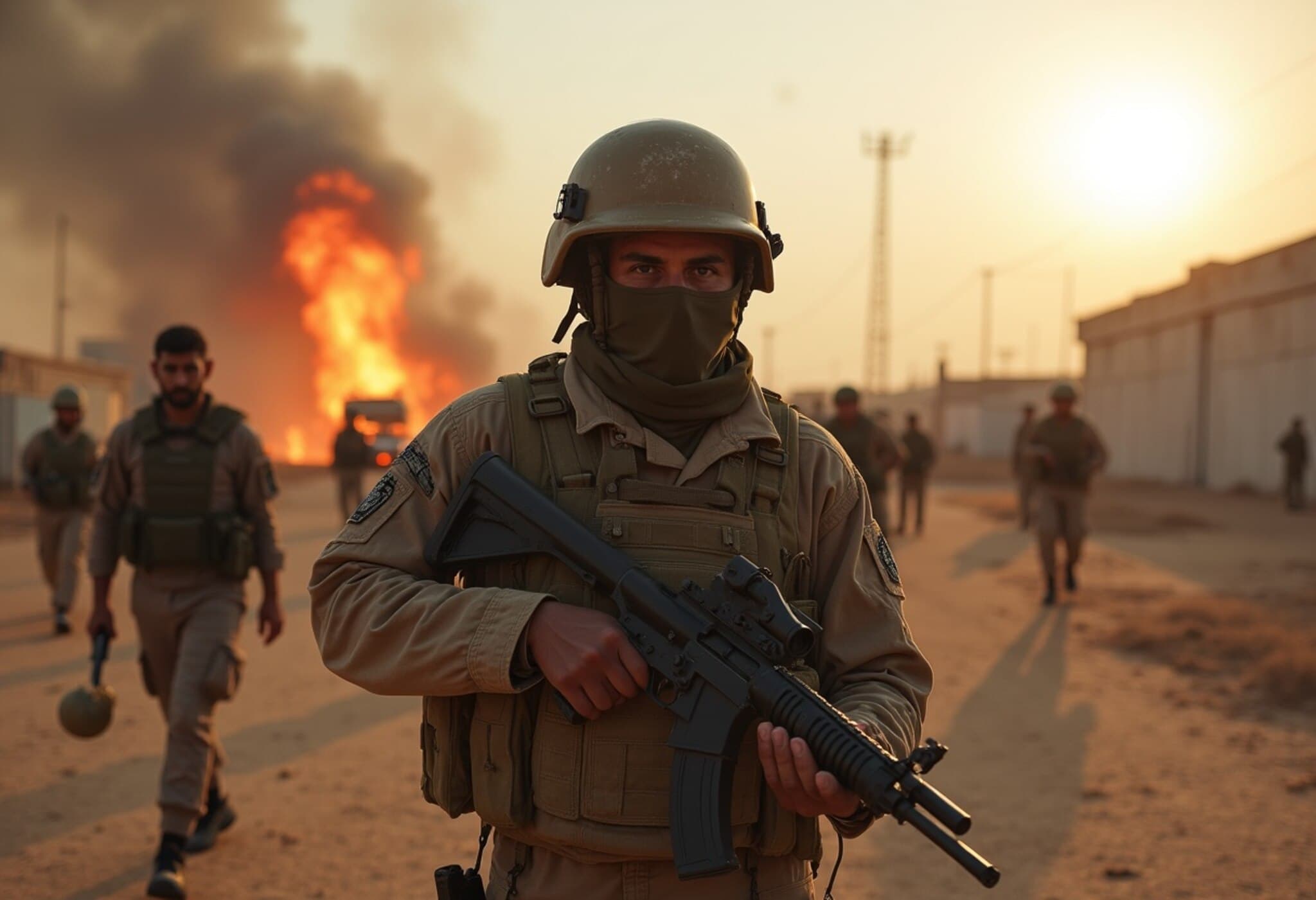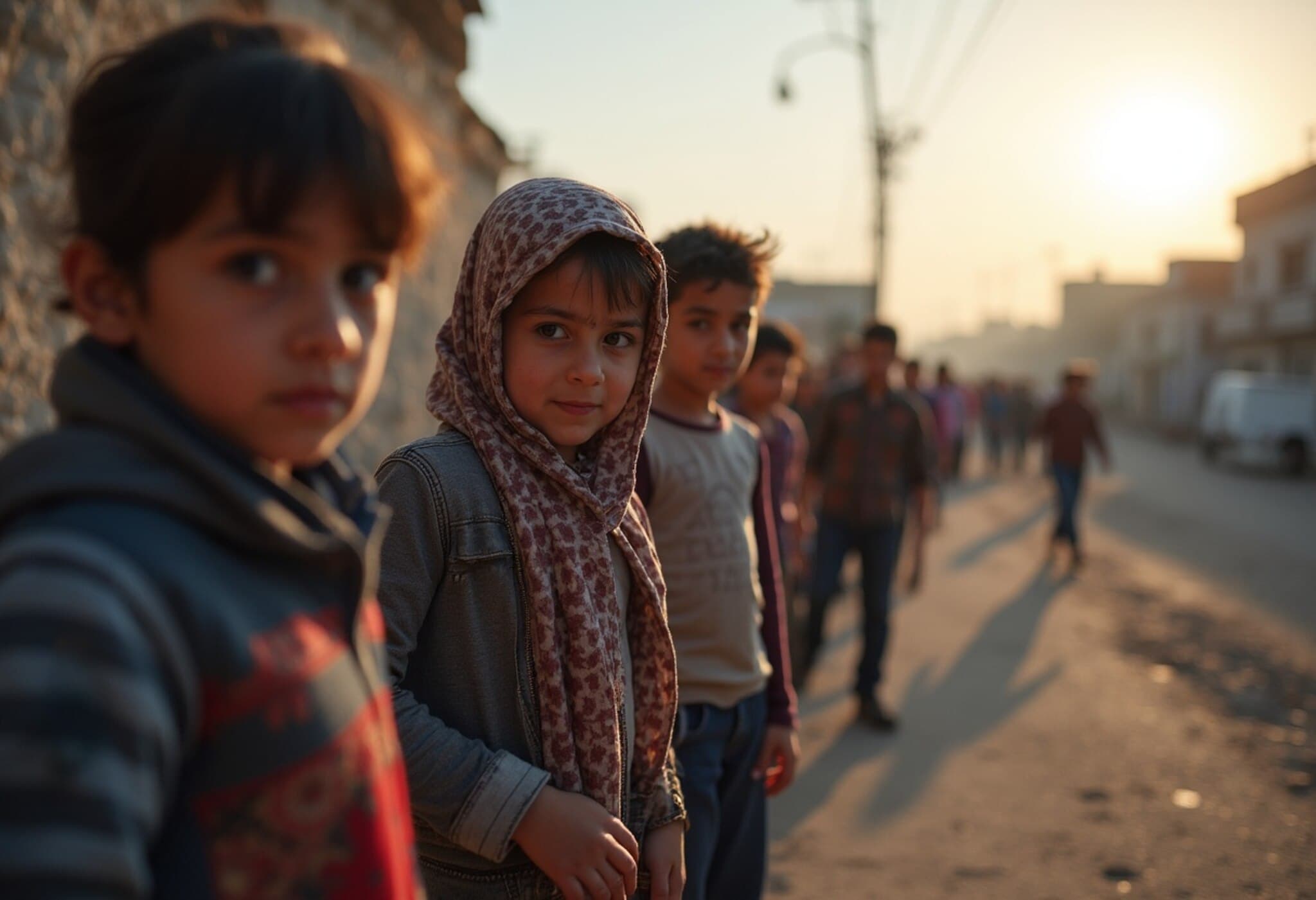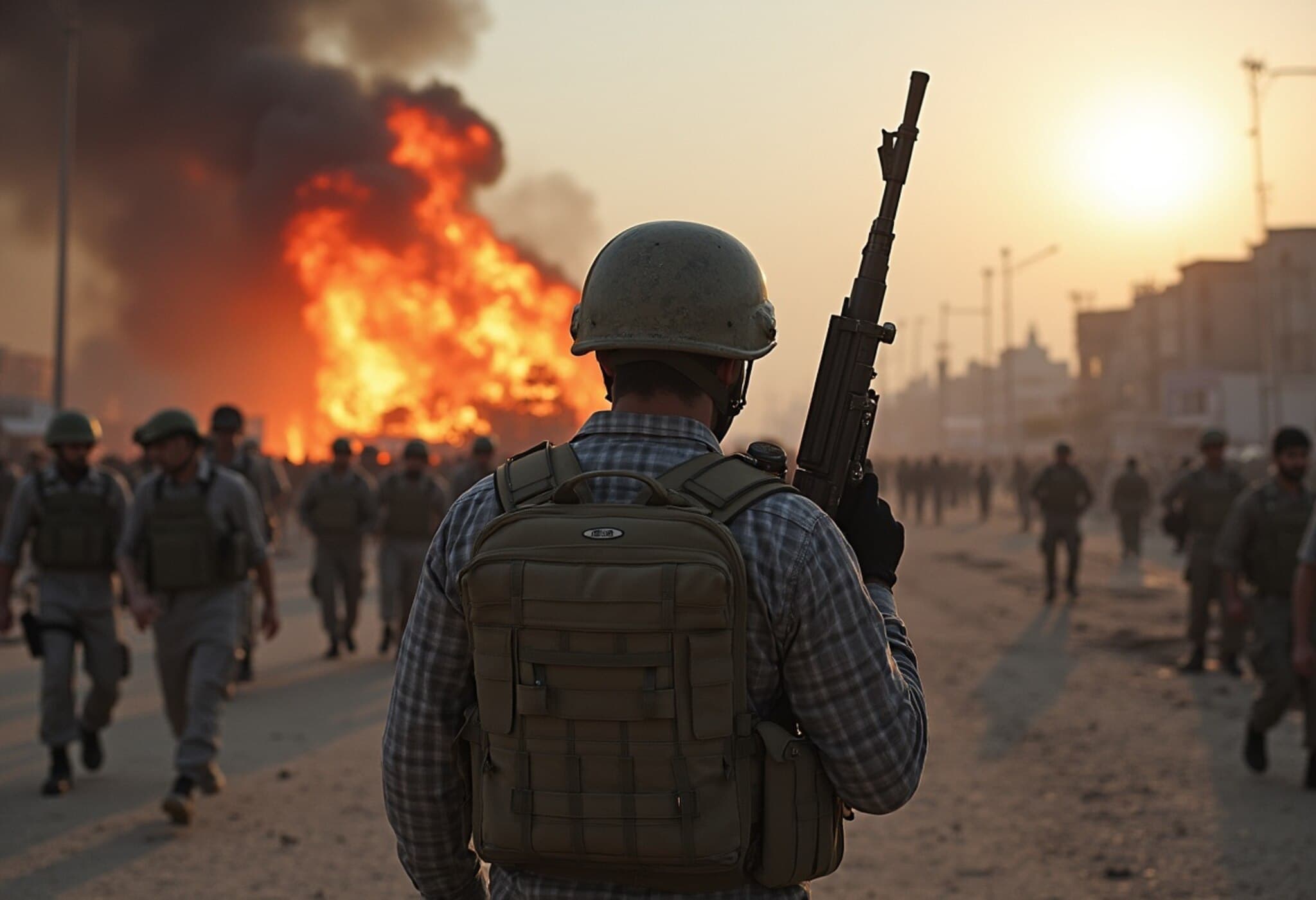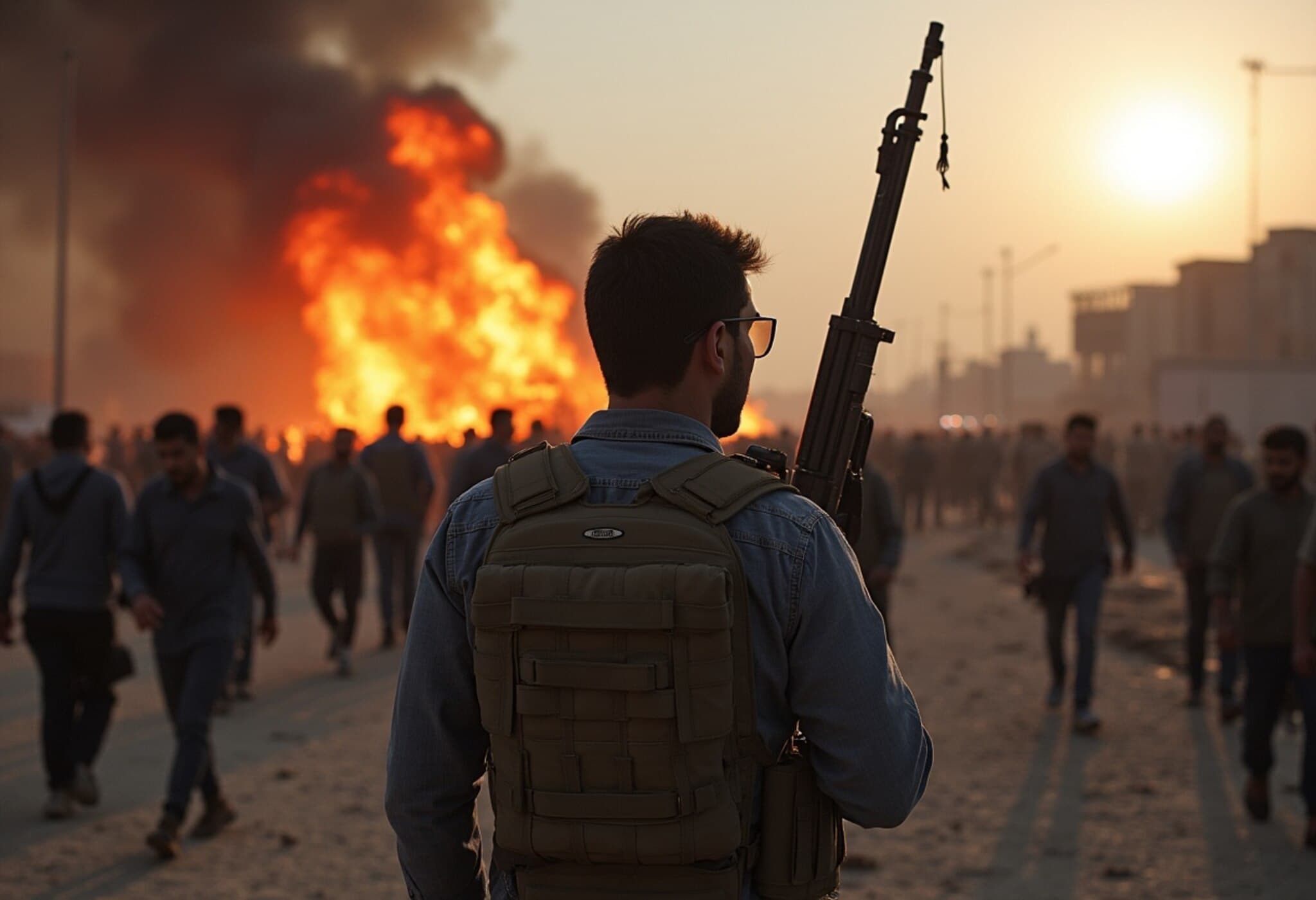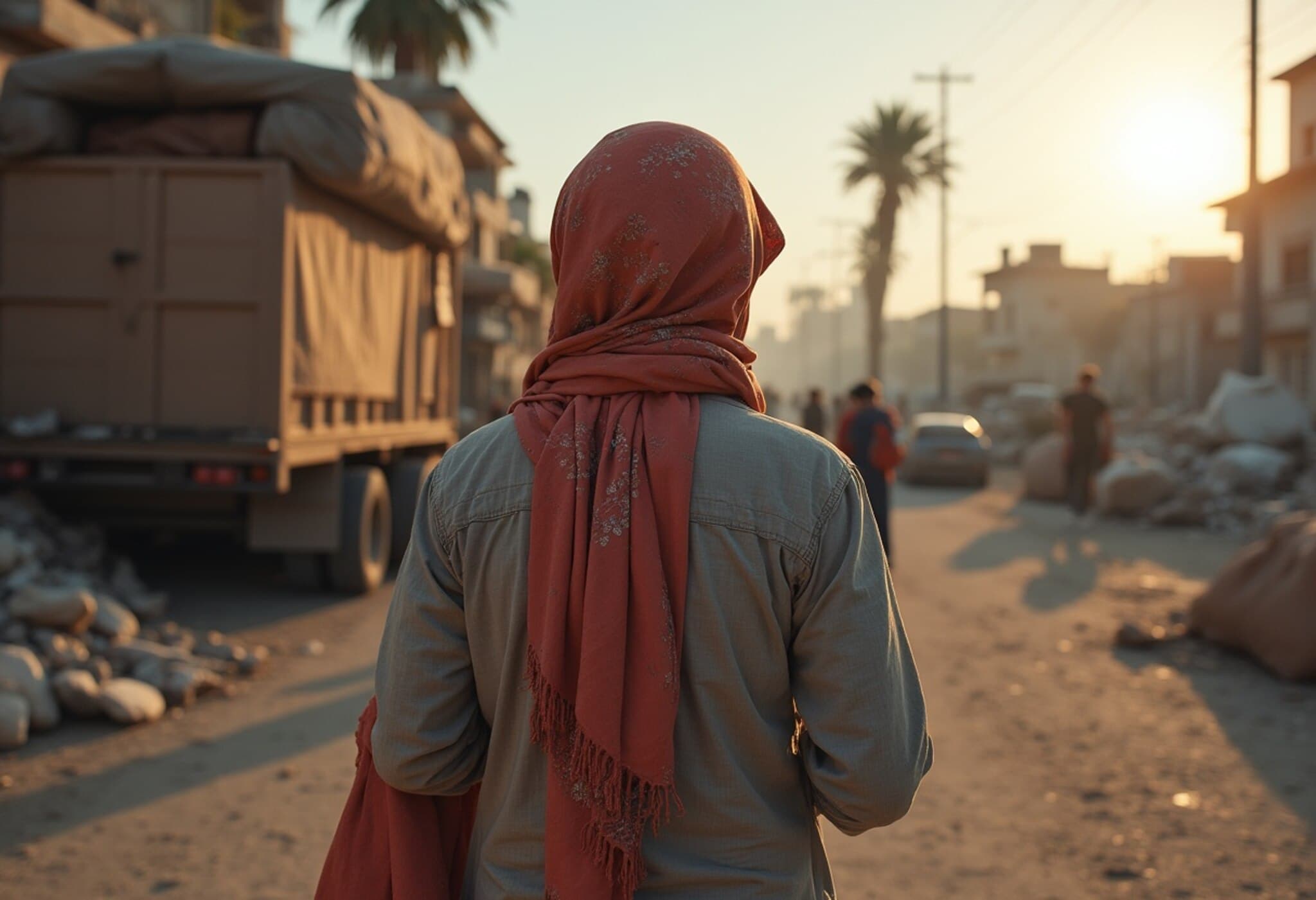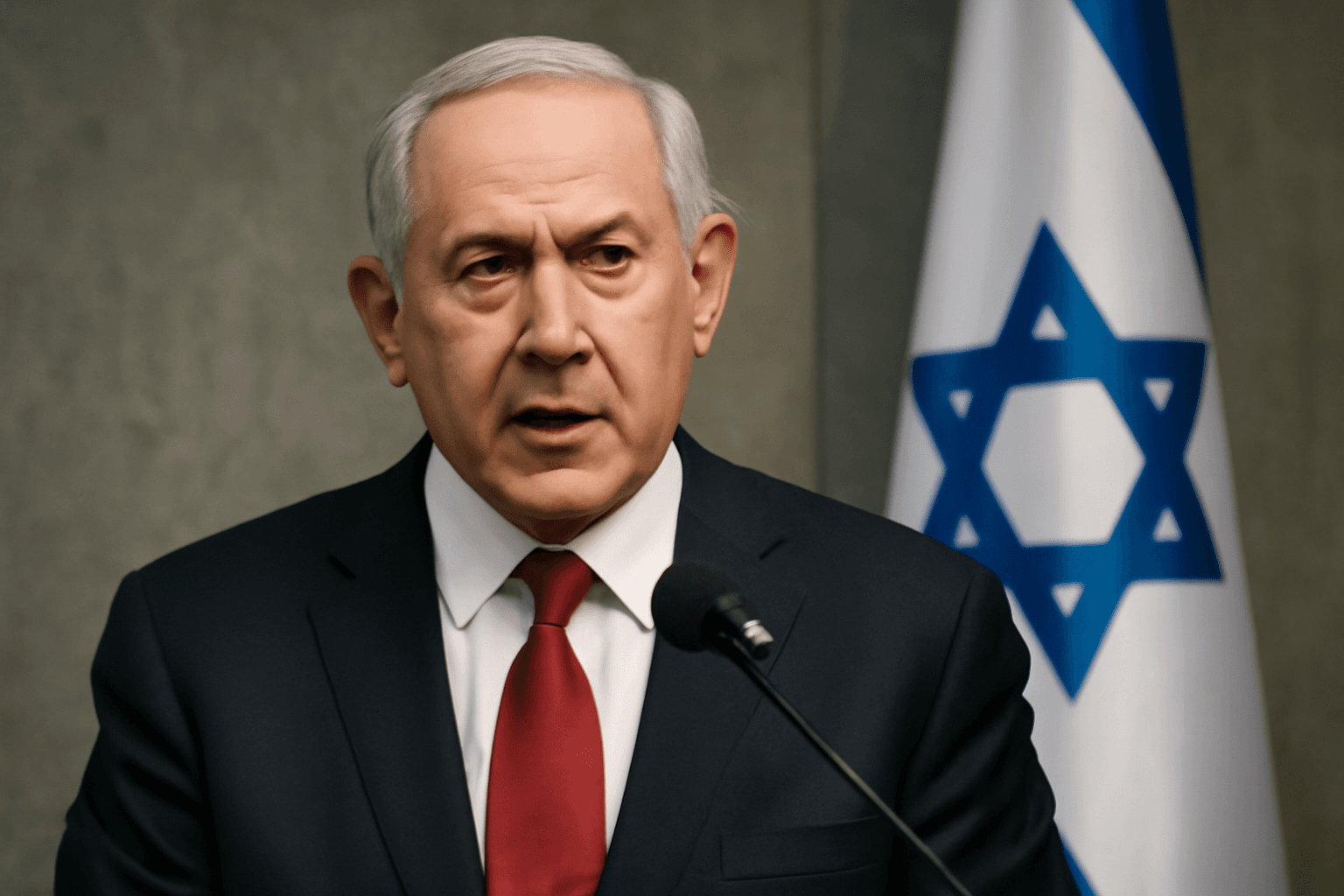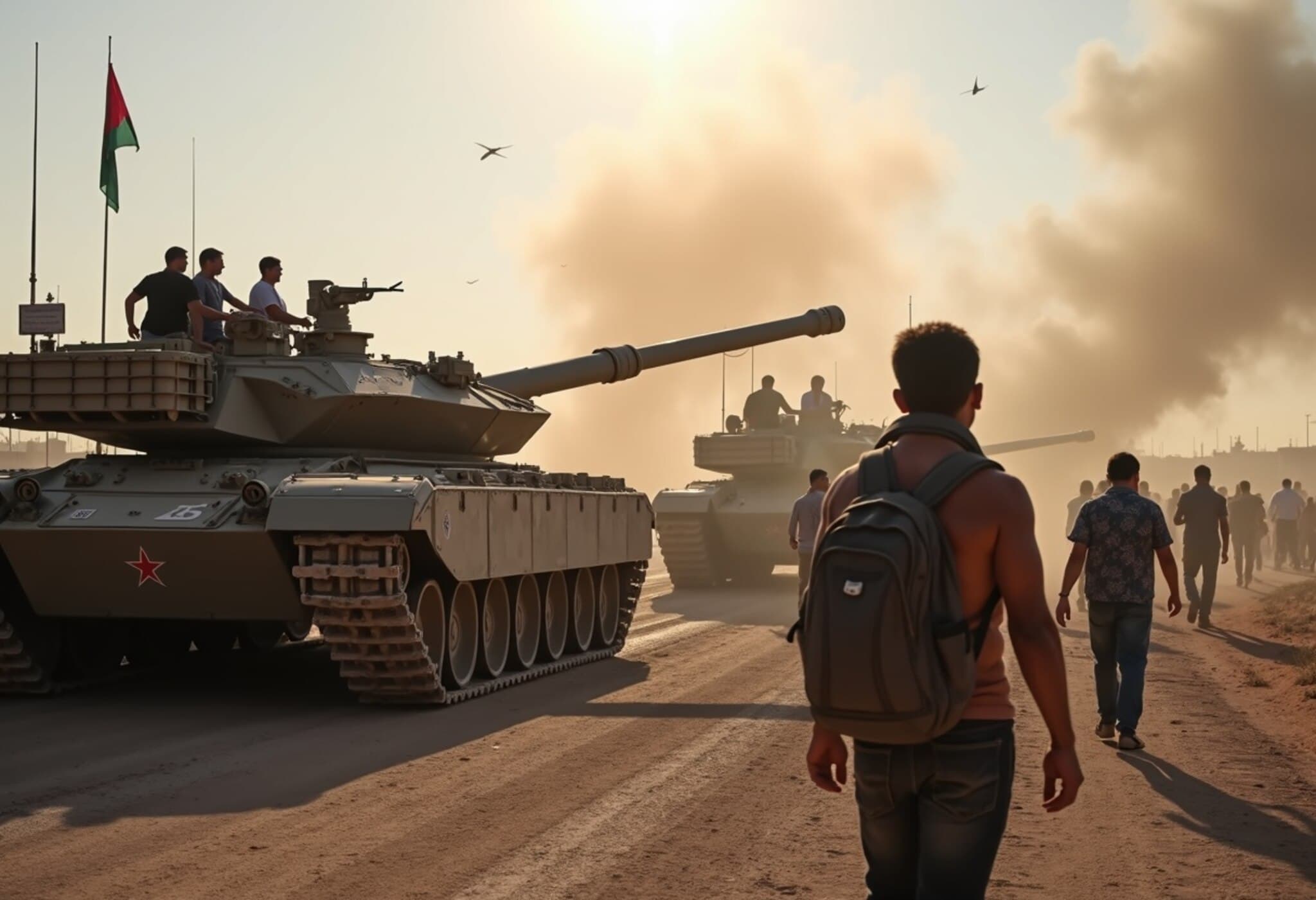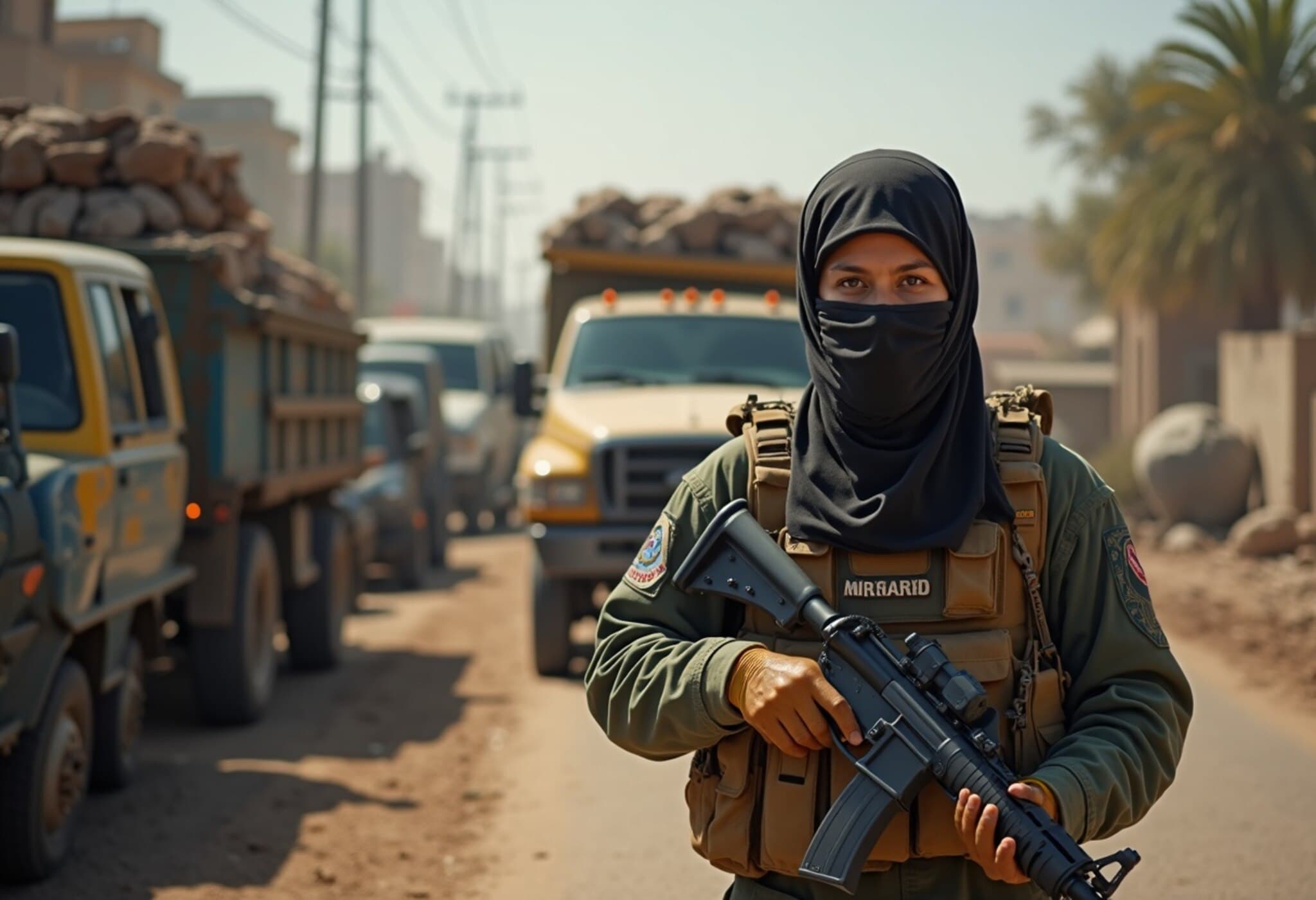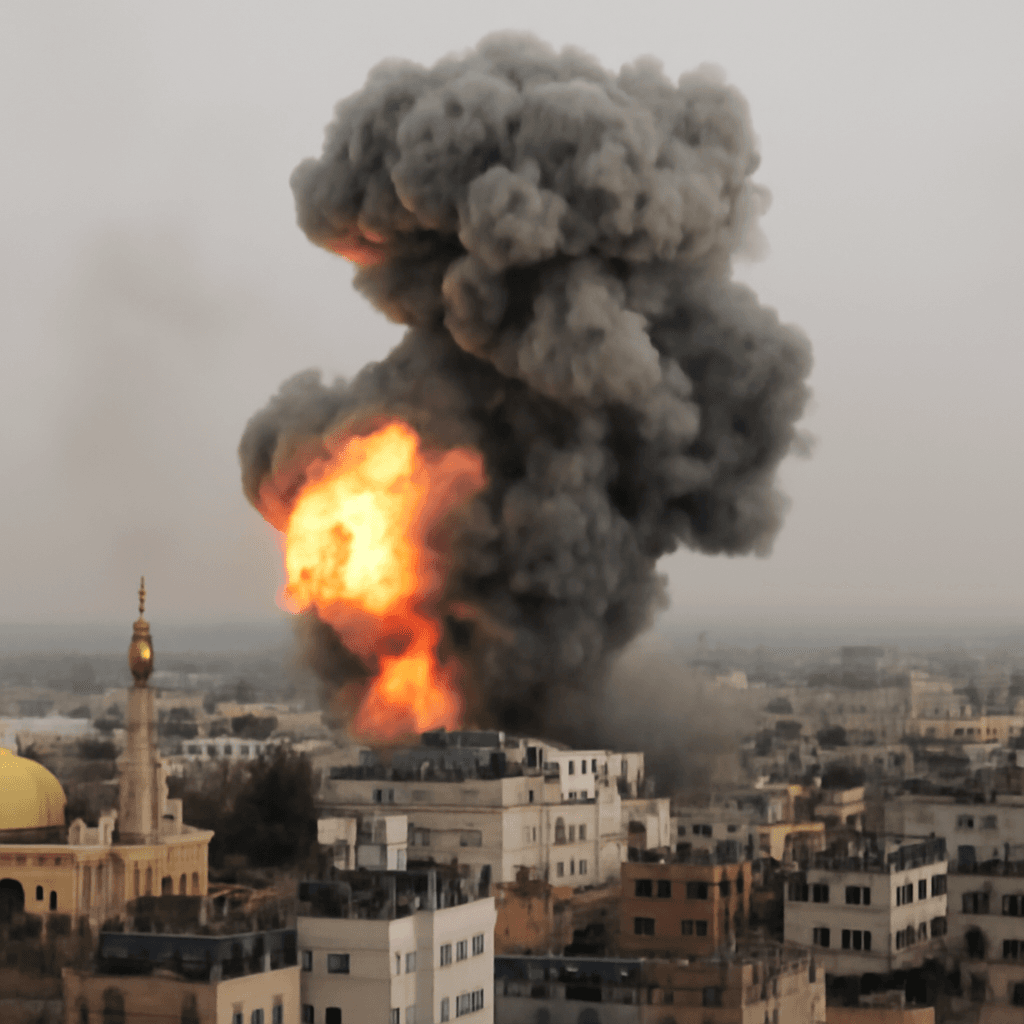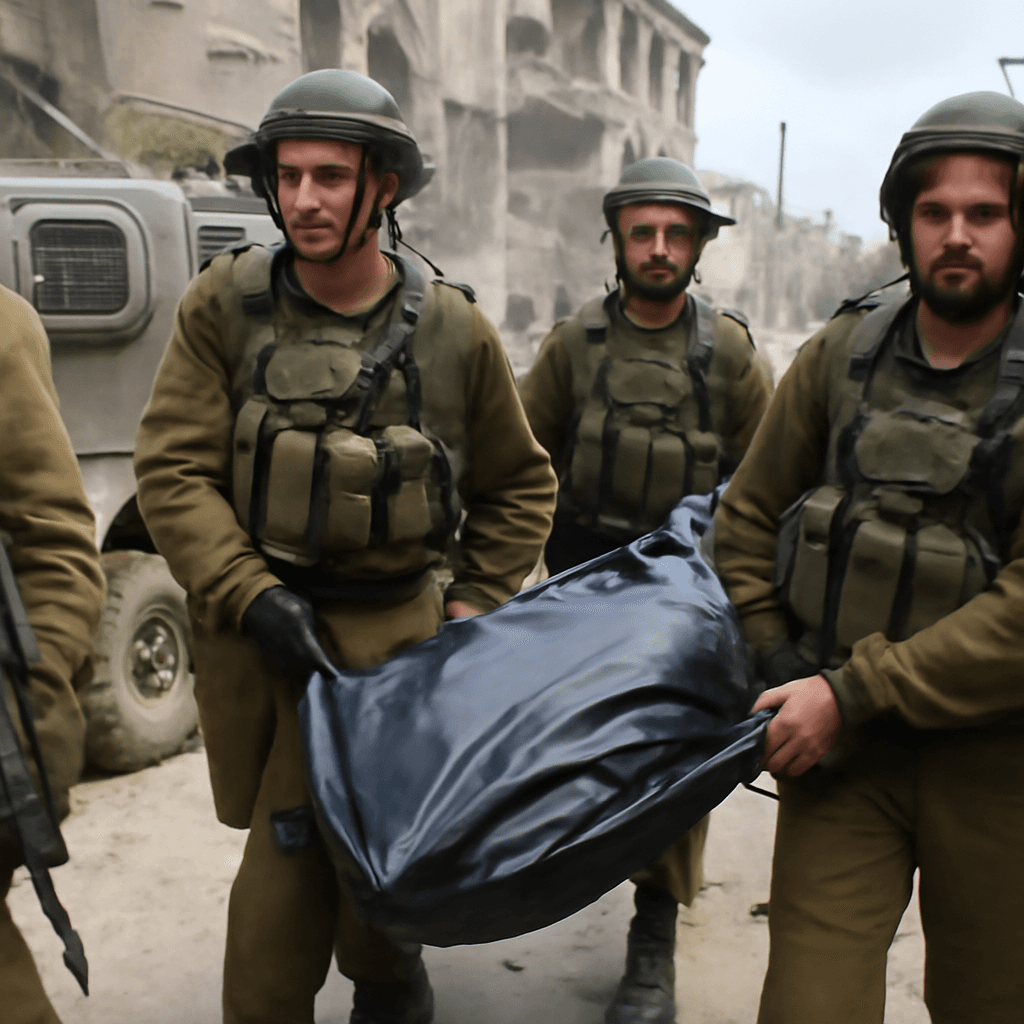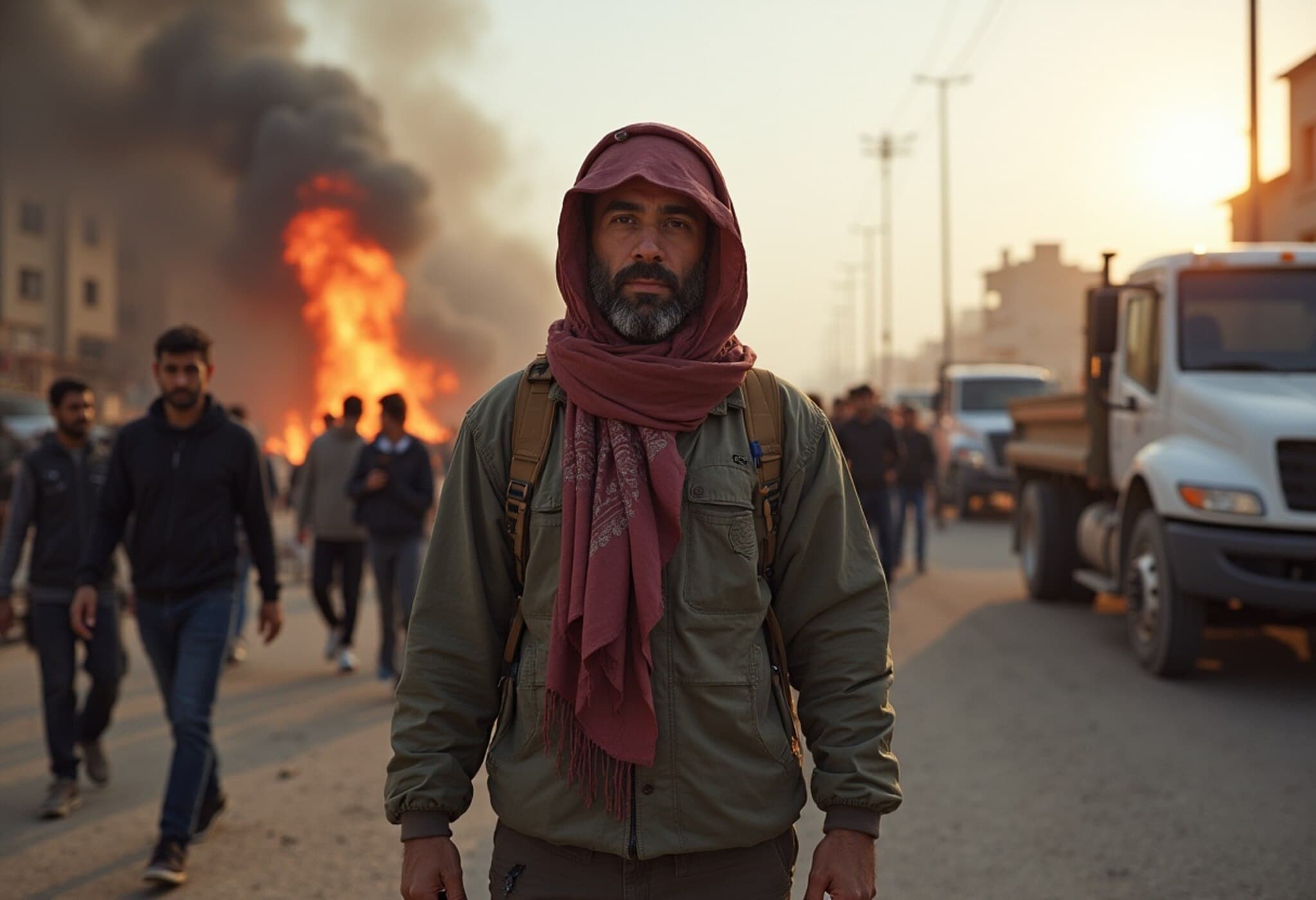Armed Assault on IDF Camp in Khan Younis
On Sunday morning, a significant and coordinated attack targeted an Israel Defense Forces (IDF) camp situated near Khan Younis in the southern Gaza Strip. According to initial military investigations, a group of at least 14 militants launched an assault around 9 a.m., emerging from a tunnel close to the post. The fighters unleashed rocket-propelled grenades alongside machine gun fire directed at Israeli troops from the Kfir Brigade's Haruv reconnaissance unit.
Israeli forces responded promptly, managing to kill at least eight assailants outside the encampment. Several attackers reportedly withdrew back into the tunnel system, prompting IDF to deploy a drone strike against the suspected militants, though the total casualties caused by the aerial attack remain unconfirmed.
The IDF continues combing the area with suspicions that the militant cell sought to abduct soldiers, though no confirmed Israeli casualties have been announced. This event is notable both for its scale and the tactical use of tunnels in the ongoing conflict.
Strategic Context: Israel’s Plan to Seize Gaza City
This assault occurred amid heightened military activity following Israel's recent approval of an aggressive plan to seize control over Gaza City. The strategy, authorized by Defense Minister Israel Katz, also includes the mobilization of approximately 60,000 reservists, marking one of the largest military call-ups in recent years.
The move comes at a critical juncture, with international mediators pushing for a ceasefire in the region. Qatar, acting as an intermediary, has expressed cautious optimism regarding recent truce proposals, which include a phased release of hostages and humanitarian aid corridors.
Notably, Israeli authorities emphasize their unwavering condition that any ceasefire agreement must include the unconditional release of all hostages taken by Hamas during its October 2023 offensive—a devastating attack that ignited the current war.
The Hostage Situation: A Grim Humanitarian Challenge
- Since October 2023, Hamas has taken 251 hostages; 49 remain captive in Gaza.
- The Israeli military reports 27 of these captives are confirmed dead.
- Recent negotiation frameworks propose releasing 10 hostages and 18 bodies initially, with subsequent phased releases tied to further talks.
The ongoing negotiations have been marked by intermittent and indirect communication, resulting in two brief truces that facilitated some hostage exchanges. Yet, the humanitarian and psychological toll on families and communities remains immense.
Expert Insight: Tunnel Warfare and its Implications
The use of tunnels by militant groups like Hamas represents a persistent challenge for Israeli defense operations. These subterranean networks facilitate surprise attacks and enable militants to approach IDF positions undetected. Experts warn that such tactics complicate Israel’s effort to secure territory and protect its soldiers, particularly in densely populated urban environments like Gaza City.
Military analysts suggest that the recent assault near Khan Younis signals a potential escalation in such tactics, emphasizing the need for enhanced countermeasures involving intelligence, surveillance, and rapid response capabilities.
Looking Ahead: Balancing Military Strategy with Diplomatic Pressure
Israel stands at a crossroads where military objectives must be weighed against international diplomatic efforts advocating for a ceasefire. The massive reservist mobilization underscores the government’s readiness for intensified combat operations. Meanwhile, pressure mounts for a resolution that addresses the complex humanitarian crisis unfolding amid the conflict.
As negotiations continue, critical questions remain about the feasibility of lasting peace, the fate of hostages, and the future of Gaza’s civilian population caught in the crossfire.
Editor’s Note
This escalating conflict between Israel and Hamas reveals the enduring complexities of asymmetric warfare, where tactical innovations like tunnel assaults meet large-scale military mobilizations. The human cost of prolonged hostage crises adds a deeply emotional dimension often overshadowed by strategic calculations. As the world watches, understanding these intertwined military and humanitarian challenges is essential to grasping the full scope of this ongoing crisis. Readers are encouraged to consider not only the reported events but also the broader implications for regional stability and international law.

